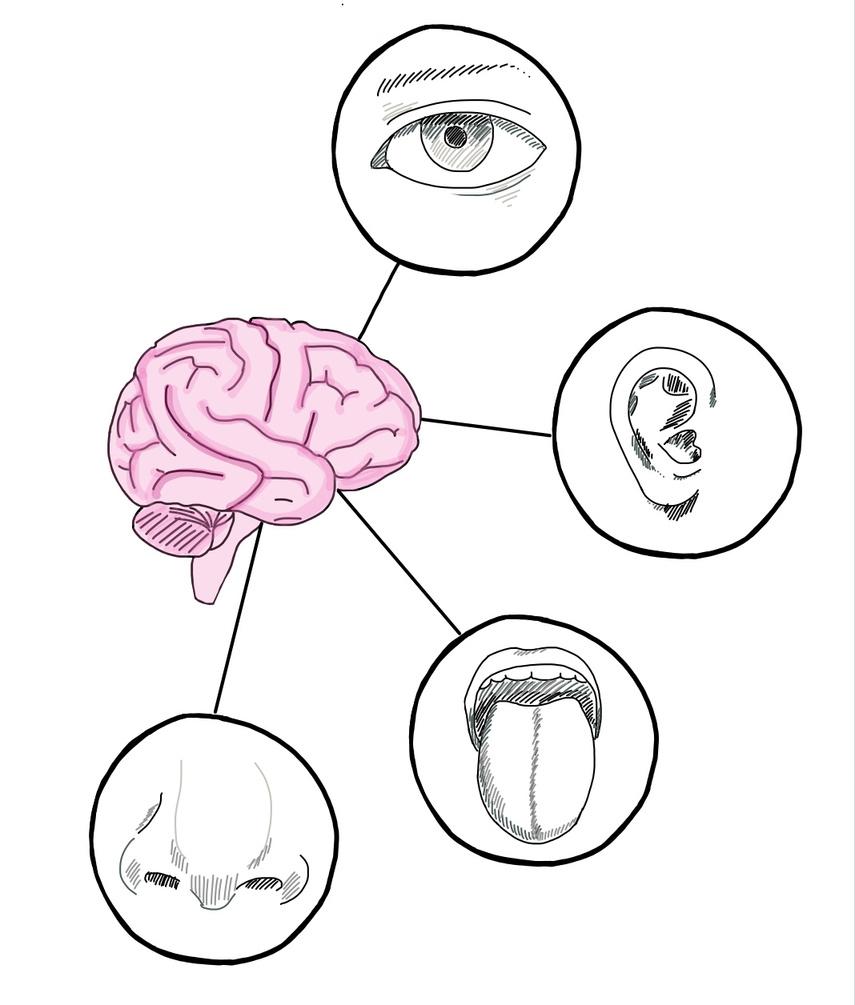
1 minute read
The Master organ: our wrinkly Brain
from 2023 Biology Edition
by scienceholic


Advertisement



regions are established by a study of scene vs. non-scene categories, several low-level visual features differ between these categories and have been proven to affect reflexes in these locations Additional visualizations that impact reactions in visual areas include rectilinearity and the overall orientation distribution, with pictures with cardinal rather than angular orientations evoking stronger responses. These areas must extract representations of higher-level features of scenes, such as spatial configuration, scene category, place identification, spatial position, and direction, in order to fulfill such duties
Naturalistic experiments yield some information PPA responds most strongly to movie frames representing street views, landscapes, rooms, or hallways when participants are invited to just watch a movie in the scanner. This discovery demonstrates that the preferred reaction to scenes in the PPA i one-image-at-a-time utilized in most Furthermore, eviden regions are most attention to the wo than concentrating o Contrary to po hypotheses claim th brain structure foun lobe, is crucial in sc is, putting together fantasy into a cohes Additionally, studies hippocampus was more active while watching intact images than when viewing scrambled scenes during the conventional 1-back perceptual matching task, which is commonly employed by vision scientists to identify scene areas A crucial, unanswered question is if scene representations in the hippocampus resemble those in the PPA, RSC/MPA, and OPA.
Much remains to be learned, even though we have learned a lot about scene perception in the human brain over the past twenty years, and future research will need to construct computational models, investigate scene perception under ecologically relevant settings, and comprehend with wider relevance abundance and behav perception









